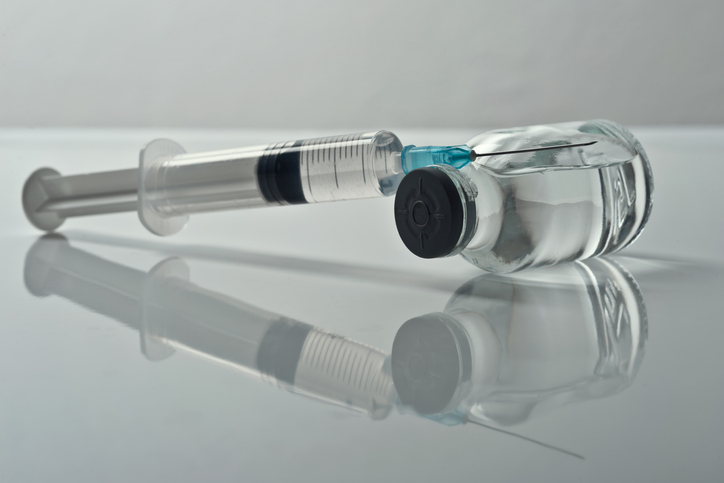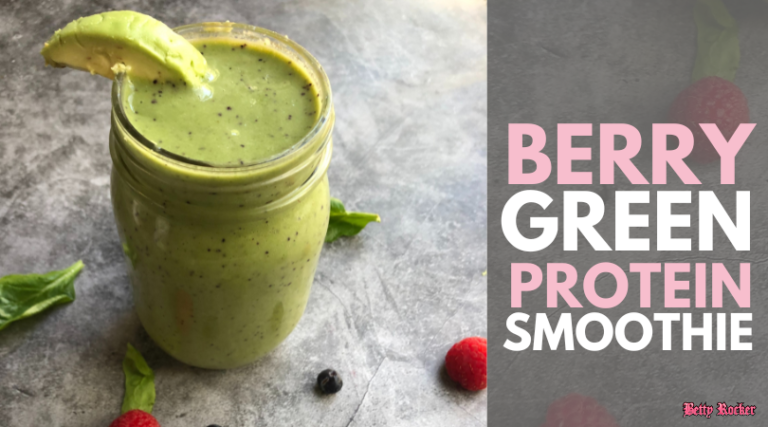
Patients who want to prevent swelling attacks caused by the rare disease hereditary angioedema can choose from among injectable drugs whose dosing schedules range from every two weeks to every two months. BioCryst Pharmaceuticals aims to offer patients even less frequent dosing through the $700 million acquisition of Astria Therapeutics, a biotech whose lead asset could bring patients the option of as few as two shots a year.
BioCryst is already a player in hereditary angioedema (HAE), a rare inherited disease that leads to swelling attacks in various of the body that can become life threatening when they affect a patient’s airway. The Durham, North Carolina-based company markets Orladeyo, a once-daily pill approved for preventing HAE attacks. This drug is a small molecule designed to block kallikrein, a protein that plays a role in the swelling attacks.
Astria is developing an injectable kallikrein inhibitor named navenibart. The Boston-based biotech designed this antibody to offer selectivity to its target along with a long half-life that enables less frequent dosing. Early this year, Astria began a global Phase 3 clinical trial. The placebo-controlled program is testing a starting 600 mg dose followed by 300 mg every three months; 600 mg every six months; or 600 mg every three months. The main goal is measuring the number of HAE attacks during the six-month treatment period. Astria has said it expects preliminary results in early 2027.
BioCryst develops drugs for rare diseases, but HAE figures prominently in its portfolio due to Orladeyo, which is its top-selling product. In addition to Orladeyo’s current use treating HAE patients age 12 and older, an FDA decision is expected by Dec. 12 for an oral granule formulation of the drug for children age 2 to 11.
The HAE therapy market is becoming more competitive. Takeda Pharmaceutical dominates with Takhzyro, a kallikrein inhibitor approved by the FDA in 2018 for HAE prophylaxis. This antibody drug is administered as a subcutaneous injection every two weeks, though dosing may be extended to every four weeks for some patients.
Two new HAE prophylaxis drugs won FDA approval over the summer, giving patients alternatives to Takeda’s drug. CSL Behring was first with the June approval of Andembry, an antibody designed to block factor XIIa, a protein that plays a role in HAE swelling attacks. This CSL drug is administered as a monthly injection. In August, Ionis Pharmaceuticals landed a regulatory nod for Dawnzera, an antisense oligonucleotide designed to target the messenger RNA that provides instructions for pre-kallikrein, a precursor to kallikrein. Dawnzera is injected every month or every two months.
Three- or six-month injections of navenibart could make the Astria drug the first choice injectable HAE therapy, BioCryst said in an investor presentation. In addition to reducing injection frequency, navenibart has shown potential to match or even beat Takeda’s drug on efficacy. Acknowledging the limitations of cross-trial comparisons, results from navenibart’s Phase 1b/2 trial showed that three- and six-month injections led to an average 92% reduction in the HAE attack rate and an at attack-free rate of 50%. Those measures top results posted by currently available injectable HAE prophylaxis products.
Speaking during an Oct. 14 conference call, BioCryst Chief Commercial Officer Charlie Gayer said HAE patients’ need for efficacy is largely met by available products. Those who don’t achieve sufficient efficacy on one product may choose another.
“But the market isn’t looking for more efficacy, what it’s looking for is less burdensome dosing,” said Gayer. “That’s what navenibart has the potential to provide with every three- to six-month dosing. And what we’ve seen in our market research again, is that that three-month profile with very low to no injection-site pain is really something that gets patients’ attention and we think is a tipping point to what will make them switch.”
Orladeyo, which was internally discovered and developed by BioCryst, accounted for $437.6 million in sales last year. BioCryst estimates the drug’s 2025 revenue will be $550 million, a figure that excludes the European Union, where Italy-based Neopharmed Gentill holds rights following a deal struck over the summer. BioCryst projects its HAE portfolio could reach $1 billion in revenue in 2029, and then top $1.8 billion in 2033.
BioCryst is continuing internal R&D in other areas. The next therapeutic candidate in its pipeline is BCX17725, a protein drug in early-stage development for Netherton syndrome, a rare inflammatory skin disorder that currently has no FDA-approved treatments. With the Astria acquisition, BioCryst gains a later-stage asset that will continue to drive revenue growth when sales of Orladeyo start to level off. CEO Jon Stonehouse described navenibart as a “perfect next fit product for our company.”
The Astria acquisition breaks down to $8.55 in cash and 0.58 shares of BioCryst common stock, a price based on BioCryst’s 20-day average stock price as of Oct. 8. Those terms value Astria’s shares at about $13 each, which represents a 53% premium to the stock’s closing price the day before the deal was announced. BioCryst has also secured up to $550 million in debt financing with funds managed by Blackstone. Some of the debt financing will be applied to the cash portion of the Astria acquisition, BioCryst said in a regulatory filing.
The transaction, which still needs approvals from regulators and Astria shareholders, is expected to close in the first quarter of 2026. Upon closing, Astria CEO Jill Milne will join the BioCryst board of directors and Astria’s stockholders will own about 15% of the combined company. Astria’s pipeline includes STAR-0310, an antibody designed to block the inflammatory protein OX40 as a potential treatment for atopic dermatitis. STAR-0310 does not fit BioCryst’s rare disease strategy and the biotech plans to seek strategic alternatives for this early-stage asset.
“We think it’s a really interesting product, but it’s not rare disease and it’s better in the hands of somebody in that [atopic dermatitis] area,” Stonehouse said.
Photo: Francesco Carta fotografo, Getty Images






